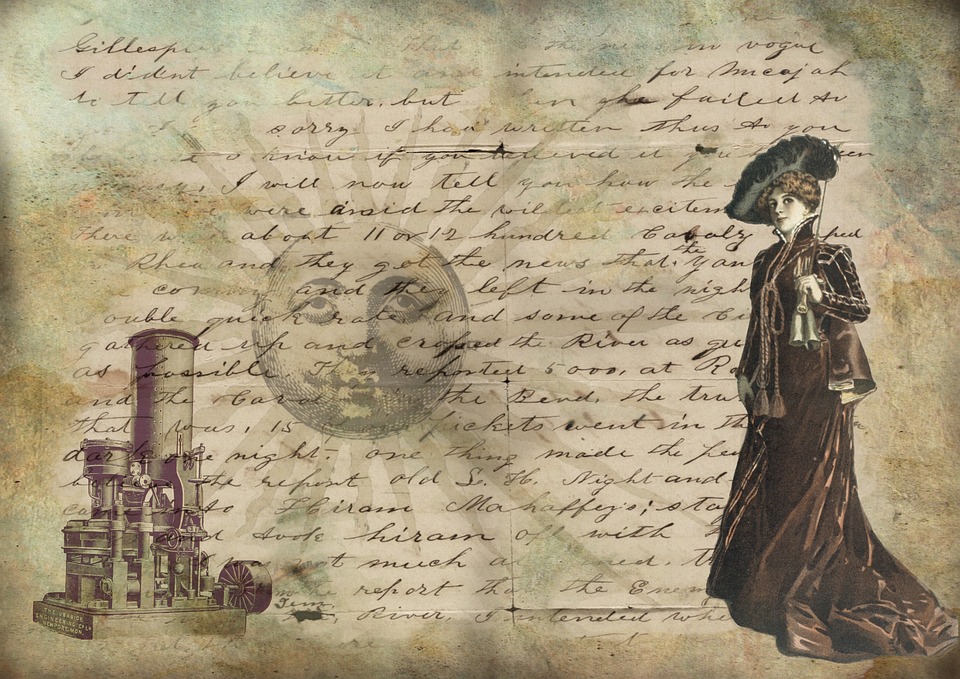Fashion and Beauty Trends of the Victorian Era
The Victorian Era, which spanned from 1837 to 1901, was a time of significant social and cultural change. This period was characterized by elaborate fashion and beauty trends that reflected the values and norms of the time. From voluminous skirts to intricately styled hair, Victorian fashion and beauty were influenced by a variety of factors, including the Industrial Revolution, the rise of the middle class, and the increasing wealth of the British Empire.
Women’s Fashion
Victorian women’s fashion was characterized by elaborate and over-the-top styles that emphasized femininity and modesty. One of the most iconic pieces of clothing from this era was the crinoline, a cage-like structure worn under skirts to give them a voluminous shape. Women also wore corsets to achieve an hourglass figure, and hooped petticoats to further enhance the fullness of their skirts.
In terms of fabric and color, Victorian women favored rich, luxurious materials such as silk, velvet, and satin. Pastel shades were popular for daywear, while bold jewel tones were reserved for evening attire. Embellishments such as lace, ribbons, and fringe were used to add texture and visual interest to garments.
As the Victorian era progressed, fashion became increasingly tailored and structured. Women’s dresses featured high necklines, fitted bodices, and full skirts, creating a silhouette that emphasized a tiny waist and curvaceous hips. Sleeves were often puffed or gathered at the shoulders, adding a romantic touch to the overall look.
Men’s Fashion
Victorian men’s fashion was equally elaborate, though less voluminous than women’s clothing. Men wore tailored suits with high collars, fitted jackets, and trousers that tapered at the ankle. Waistcoats were a common accessory, adding a touch of sophistication to the overall ensemble.
Top hats and bowler hats were popular headwear choices for men, while cravats and neckties were used to add a pop of color and pattern to their outfits. Gloves, pocket watches, and walking sticks were also common accessories among Victorian gentlemen.
Like women’s fashion, men’s clothing in the Victorian era was influenced by societal norms and expectations. Formal attire was worn for nearly every occasion, from morning walks in the park to evening soirees. The emphasis on propriety and refinement led to a strict dress code that dictated what was considered appropriate for men to wear in public.
Beauty Trends
Beauty trends in the Victorian era were heavily influenced by the ideals of the time, which favored a pale complexion, rosy cheeks, and full lips. Women used a variety of products and techniques to achieve the desired look, including lead-based face powders, rouge made from beet juice or carmine, and lip balms made from beeswax and almond oil.
Hair was also an important component of Victorian beauty trends. Women wore their hair in intricate updos and braided styles, often embellished with ribbons, flowers, and other decorative accessories. Straight hair was considered fashionable, so many women used heated curling irons or chemical treatments to achieve the desired look.
Nail care was another important aspect of Victorian beauty. Women often soaked their hands in warm water and lemon juice to soften their cuticles, then used a fine emery board to shape and smooth their nails. Nail polish was not widely available during this time, so women often used tinted powders or dyes to give their nails a rosy hue.
In addition to beauty products and grooming techniques, Victorian women also practiced good hygiene as a way to maintain their appearance. Regular baths and showers were essential, as were daily hair brushing and oral care. Perfumes and scented oils were also used to mask body odors and add a pleasant fragrance to a woman’s overall aura.
Conclusion
The fashion and beauty trends of the Victorian era were a reflection of the values and norms of the time. From voluminous skirts and corsets to lead-based face powders and intricate updos, Victorian men and women went to great lengths to uphold the ideals of propriety and refinement. While some of these trends may seem outdated by today’s standards, they serve as a fascinating glimpse into the social and cultural norms of a bygone era.
